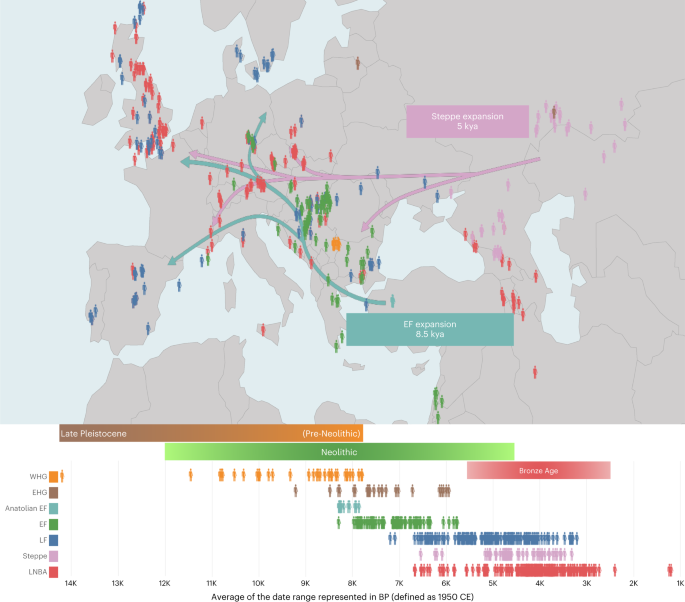魚が泳ぐ方向と速度を推定するのに役立つ奇妙な行動をシミュレーションで発見 Simulations show quirky behavior helps fish estimate swimming direction and speed
2022-11-02 ノースウェスタン大学
この研究は、ゼブラフィッシュの脳、生育環境、空間的に変化する遊泳行動のシミュレーションを1つの計算機モデルにまとめた初めてのものである。このモデルを解析した結果、研究チームは、前を向いて泳ぐというこの習性は、流れに逆らって泳ぐときなど、魚が自己安定するために進化した適応的な行動であると結論づけた。
研究チームはLEDの球の中にいるゼブラフィッシュの動きも追跡した。魚は視野が広いため、人間のように目を動かして周囲を見る必要がない。そこで研究チームは、照明全体に運動刺激を与え、魚の反応を観察した。水槽の底に模様が現れると、魚はその模様の動きに合わせて泳いだ。これは、魚が下を見ることを視覚的な手がかりにしていることの何よりの証拠である。
次に研究チームは、映像からデータを抽出し、魚の脳に運動信号がどのようにエンコードされるかのデータと組み合わせた。このデータセットを、オプティックフロー(眼やカメラのレンズを横切る世界の動き)の研究に使われている既存の2つのアルゴリズムに入力した。
最終的に研究チームは、野生と実験室の両方のシナリオで、ゼブラフィッシュは前を向いて泳ぐときに下を向くことを発見しました。研究者たちは、魚は下を向いて周囲の動きを理解し、それに対抗して泳ぐことで、流されるのを防いでいるのだと結論づけた。
<関連情報>
- https://news.northwestern.edu/stories/2022/10/why-fish-look-down-when-they-swim/
- https://www.cell.com/current-biology/fulltext/S0960-9822(22)01617-7
ゼブラフィッシュの自然生息域におけるオプティックフローは、視覚的自己運動推定における空間的バイアスをサポートする Optic flow in the natural habitats of zebrafish supports spatial biases in visual self-motion estimation
Emma Alexander,Lanya T. Cai,Sabrina Fuchs,Tim C. Hladnik,Yue Zhang,Venkatesh Subramanian,Nicholas C. Guilbeault,Chinnian Vijayakumar,Muthukumarasamy Arunachalam ,Scott A. Juntti,Tod R. Thiele,Aristides B. Arrenberg,Emily A. Cooper
Current Biology Published:November 02, 2022
DOI:https://doi.org/10.1016/j.cub.2022.10.009

Highlights
- In nature, the utility of optic flow for estimating self-motion varies across space.
- A video dataset characterizes spatial patterns of optic flow in zebrafish habitats.
- Modeling the environment, brain, and behavior shows advantage to spatial biases.
- Zebrafish motion response bias is well matched to this model applied to the dataset.
Summary
Animals benefit from knowing if and how they are moving. Across the animal kingdom, sensory information in the form of optic flow over the visual field is used to estimate self-motion. However, different species exhibit strong spatial biases in how they use optic flow. Here, we show computationally that noisy natural environments favor visual systems that extract spatially biased samples of optic flow when estimating self-motion. The performance associated with these biases, however, depends on interactions between the environment and the animal’s brain and behavior. Using the larval zebrafish as a model, we recorded natural optic flow associated with swimming trajectories in the animal’s habitat with an omnidirectional camera mounted on a mechanical arm. An analysis of these flow fields suggests that lateral regions of the lower visual field are most informative about swimming speed. This pattern is consistent with the recent findings that zebrafish optomotor responses are preferentially driven by optic flow in the lateral lower visual field, which we extend with behavioral results from a high-resolution spherical arena. Spatial biases in optic-flow sampling are likely pervasive because they are an effective strategy for determining self-motion in noisy natural environments.


